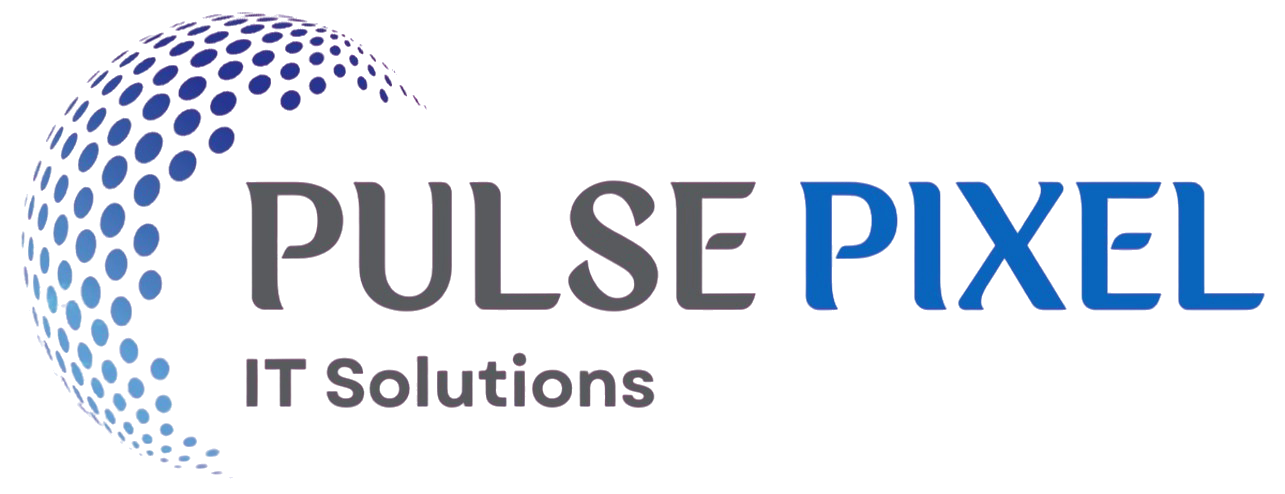
Prevention
Data Loss Prevention
Data Loss Prevention (DLP) is a crucial security strategy designed to prevent the unauthorized access, sharing, or leakage of sensitive data whether intentionally or accidentally both inside and outside your organization. DLP solutions monitor and control the flow of data across emails, cloud platforms, endpoint devices, and networks to ensure compliance, protect intellectual property, and reduce the risk of breaches.
- Sensitive Data Detection
- Real-Time Policy Enforcement
- Email & Endpoint Protection
- Regulatory Compliance Support
- User Alerts & Training
Data Loss Prevention Features
With increasing regulatory requirements and cyber threats, DLP enables organizations to safeguard critical information such as financial records, personally identifiable information (PII), health data, payment card information, and proprietary business documents.
Operational Application Management
Ensure continuous, secure, and optimized operation of critical business applications by monitoring their usage, managing access controls, and integrating them with data protection policies. This helps maintain application integrity while enforcing compliance across business workflows.
Policy Management
Define, implement, and manage customized data security policies that align with your organization’s risk profile and regulatory obligations. These policies govern how sensitive information is handled, stored, shared, and protected across systems and users.
Third-Line Support and Consultancy
Receive expert-level technical support and strategic guidance for complex incidents, compliance challenges, and policy design. Our third-line specialists offer tailored consultancy to fine-tune your DLP deployment, ensuring both operational efficiency and legal adherence.
Prevent Unauthorized Data Transfers
Detect and block attempts to move sensitive data outside of approved channels whether via email, USB drives, cloud uploads, or messaging apps. This feature enforces data protection policies in real time, reducing the risk of accidental or malicious data leakage.
Classify and Tag Critical Information
Automatically identify, label, and categorize sensitive data based on content, context, and usage. Classification enables better control, monitoring, and enforcement of data security policies, ensuring high-value information is properly protected at all times.
Secure Cloud-Based Data Workflows
Protect sensitive data as it moves through cloud applications and services like Microsoft 365, Google Workspace, and SaaS platforms. Apply consistent security controls, encryption, and monitoring across all cloud-based collaboration and storage tools to prevent exposure and maintain compliance.


